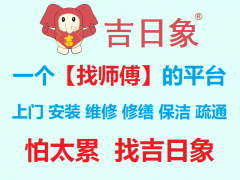在Golang中,可以使用以下方法来抓取大量数据:
使用Go的内置的net/http包来发送HTTP请求并获取数据。你可以使用http.Get函数来发送GET请求,或使用http.Post函数发送POST请求。然后使用http.Response对象来获取响应数据。resp, err := http.Get("http://example.com")if err != nil { // 处理错误}defer resp.Body.Close()body, err := ioutil.ReadAll(resp.Body)if err != nil { // 处理错误}// 处理响应数据fmt.Println(string(body))github.com/PuerkitoBio/goquery来解析HTML文档,并提取需要的数据。doc, err := goquery.NewDocument("http://example.com")if err != nil { // 处理错误}doc.Find("a").Each(func(index int, element *goquery.Selection) { href, _ := element.Attr("href") fmt.Println(href)})urls := []string{"http://example.com/page1", "http://example.com/page2", "http://example.com/page3"}results := make(chan string)for _, url := range urls { go func(u string) { resp, err := http.Get(u) if err != nil { // 处理错误 } defer resp.Body.Close() body, err := ioutil.ReadAll(resp.Body) if err != nil { // 处理错误 } // 发送数据到结果通道 results <- string(body) }(url)}// 从结果通道中接收数据for i := 0; i < len(urls); i++ { result := <-results fmt.Println(result)}以上是几种常见的方法来抓取大量数据,在实际应用中你可以根据具体的需求和数据源选择合适的方法。

